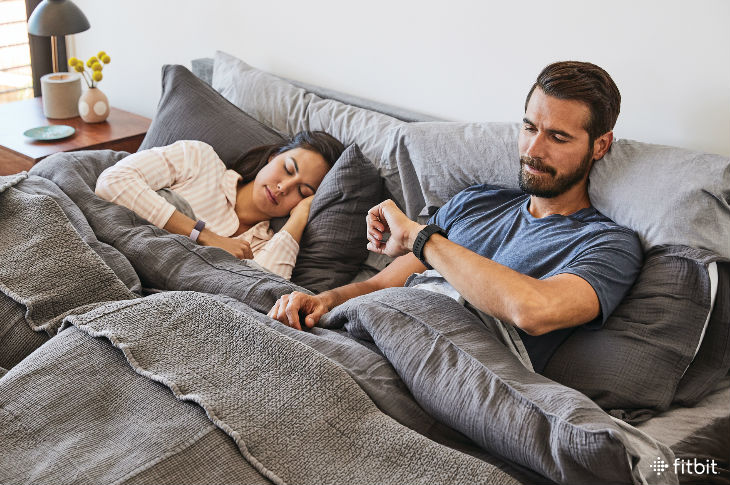
On November 3rd, we’ll “gain” an hour of sleep when Daylight Saving Time ends. Shifting the time by one hour doesn’t seem drastic—many people acclimate to the change within a day—but some do have trouble adjusting to the time difference. “Daylight Saving Time imposes a one-hour jet lag on millions of us at once,” says Benjamin Smarr, PhD, a sleep researcher at the University of California, Berkeley and Reverie sleep advisory board member. “It is followed by increased car accidents, sickness and frustration, as our body clocks rush to adjust to the new time imposed on us.”
Sleep experts say that it’s easier to adjust to the time change in the fall than in the spring, when we “lose” an hour of sleep. If you’re slow to adjust at either time, try these recommendations from sleep experts:
Gradually shift your bedtime
Ideal for: spring
You might not have issues when Daylight Saving Time ends, because it’s easy to stay up an hour past your bedtime. But when the clocks change in the spring, you’re expected to fall asleep an hour earlier than usual, which is difficult for many people. “I’m going to toss and turn in my bed and get frustrated, then get anxious that sleep will never come,” says sleep-disorders specialist Sue X. Ming, MD, PhD, professor of neurology at Rutgers New Jersey Medical School in Newark.
Instead of switching your bedtime by one hour, make the shift gradually over several days.
“Get ahead of the change by adjusting your schedule 15 minutes per day for the four days leading up to Daylight Saving Time,” Smarr says. “This will ensure there is no sudden transition.”
Try melatonin supplements
Ideal for: spring
Melatonin may help you reset your sleep-wake cycle in the spring. Take it two to five hours before bedtime, rather than waiting until you’re getting ready for sleep. You should only need a small dosage—0.3 to 0.5 mg—until you acclimate to the new time.
“[That’s about] how much your body naturally makes,” says Anil Rama, MD, medical director for Kaiser Permanente’s regional sleep medicine laboratory in San Jose, California. “The pharmacologic dosage is often 10 times or more greater and can range from three to five milligrams.”
Expose yourself to light
Ideal for: fall
Falling asleep may be easier at the conclusion of Daylight Saving Time, but waking up can be difficult for some, particularly if your alarm blares when it’s still dark outside. You can use light to help yourself get acclimated to the time change. “Try to have a bright environment when you wake up, not have everything dark,” says Anita Naik, DO, a pulmonologist and sleep medicine specialist with Pulmonary and Critical Care Associates of Baltimore. “That brief exposure, even to artificial light, can be helpful. Keep your environment bright and cheerful, to stimulate you.”
Take steps to expose yourself to extra early-morning light. “Try pulling up the blinds and opening your curtains the night before,” Smarr says, “to get the maximum morning light and help naturally start your day earlier.”
Watch what you eat
Ideal for: fall
When the days get shorter and the weather gets cooler, many of us enjoy eating more comforting, carb-heavy foods. This change in diet may make you feel sleepy sooner, when you should be staying up later. If you’re having trouble adjusting to the time change, cut back on carbs. “Protein-rich foods help promote alertness, while carbohydrate-rich foods help promote sleepiness,” Rama says.
Take a power nap
Ideal for: spring or fall
If you’re exhausted from the shift in time, it’s okay to nap, but keep it short. “A power nap, 30 minutes to an hour,” Ming says. “The best time to take a nap is your dip in the midday, [between 1:00 and 3:00] after lunch.”
This information is for educational purposes only and is not intended as a substitute for medical diagnosis or treatment. You should not use this information to diagnose or treat a health problem or condition. Always check with your doctor before changing your diet, altering your sleep habits, taking supplements, or starting a new fitness routine.

If you have questions about a Fitbit tracker, product availability, or the status of your order, contact our Support Team or search the Fitbit Community for answers.
Please note: Comments are moderated and may not appear immediately after submission.